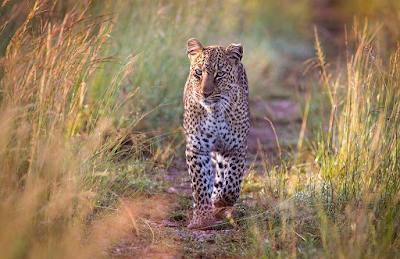Last year, my wife and I decided to visit the
Chambal River Sanctuary for birdwatching. We’re both somewhat avid birdwatchers (not as
amateur as some, but at the same time not the hardcore birders who travel for
months on end). Living in Delhi, we had both done Bharatpur multiple times, but
had somehow never added Chambal to our itinerary (much to the chagrin of our
birding friends).
After much planning, and a little delaying, we finally
visited Chambal last February. We decided to save some time by skipping
Bharatpur, since it was not a new place to us, and going directly to Chambal,
more specifically Dholpur.
So after breakfast on the first day of our trip, we left
Delhi for the National Chambal Sanctuary. This wildlife sanctuary lies along
the Chambal River, and is home to some amazing wetland wildlife. We reached our
lodge in Chambal just in time for lunch. Since we didn’t have any boat safaris
or other activities planned for the day, we decided to go for a short afternoon
nature trail near our lodge, where we saw Indian Scops Owl, Spotted Owlet,
Brown-headed Barbet, Yellow-wattled Lapwing, Indian Thick-knee, and Indian
Silverbill. We returned to our lodge by evening.
After an amazing dinner, we were still a little restless
(and full from the food) so we decided to take a little night time walk to
clear our heads and stomachs, and, at the same time, see if we could spot any
nocturnal wildlife. While we didn’t get to see any owls or nightjards, I would
still count our luck as fantastic as we managed to spot an Indian Palm Civet,
which is normally very shy and reclusive.
The following morning, we had our boat safari in Chambal. On
our way to the river, we did some light birdwatching, spotting birds like
White-eyed Buzzard, Indian Silverbill, Long-tailed Shrike, and Greater Coucal.
We then got to our designated boat and proceeded along the river. The boat
safaris can be booked online, but we decided to save ourselves the trouble and
got the lodge to do it for us.


Boating along the amazing River Chambal, one of the cleanest
rivers I’ve ever seen, we got some amazing bird sightings, including Indian
Skimmer, Black-bellied Tern, Bar-headed Goose, Pallas’s Gull, Long-legged
Buzzard, Kentish and Little Ringed Plovers, Sand Lark, and Wire-tailed Swallow.
We also saw plenty of Marsh Crocodiles (Mugger), as well as Gharials (also
known as Fish-eating Crocodile), which Chambal is famous for, as well as an
Indian Tent Turtle and Softshell Turtle. But the most amazing sighting was a
Gangetic Dolphin that leaped out of the water very close to our boat. Despite
everyone getting clear views of it, its movement was so fast that neither
managed to get a photo.

After returning to our lodge and having lunch, we chatted
with the staff as to what other activities could be done. After a few
suggestions, we decided to to visit the nearby Bateshwar Temple. We’re not very
religious but the temple, and the surrounding patch is very beautiful, and also
peaceful and calming. After visiting the temple, we visited a nearby village
known as Holipura. This small, neat and tidy village has many old houses, all
of which belong to the same family. In fact, the entire village is occupied by
the same extended multi-generation family. We then returned to our lodge.
Finally, it was our last morning in Chambal. After a hearty
breakfast, and a small nature trail around our lodge, we started our drive back
to Delhi.
For all those visiting Bharatpur, I strongly suggest adding
a day to do a full-day excursion to Chambal. Not only will this save you a lot
of time in planning a separate trip, but you will also be marvelled at how
amazing a region once infamous for its bandits, is now a prime
E: info@asianadventures.in
Don’t miss joining our ‘conservation-travel’ community!
Click Here



























